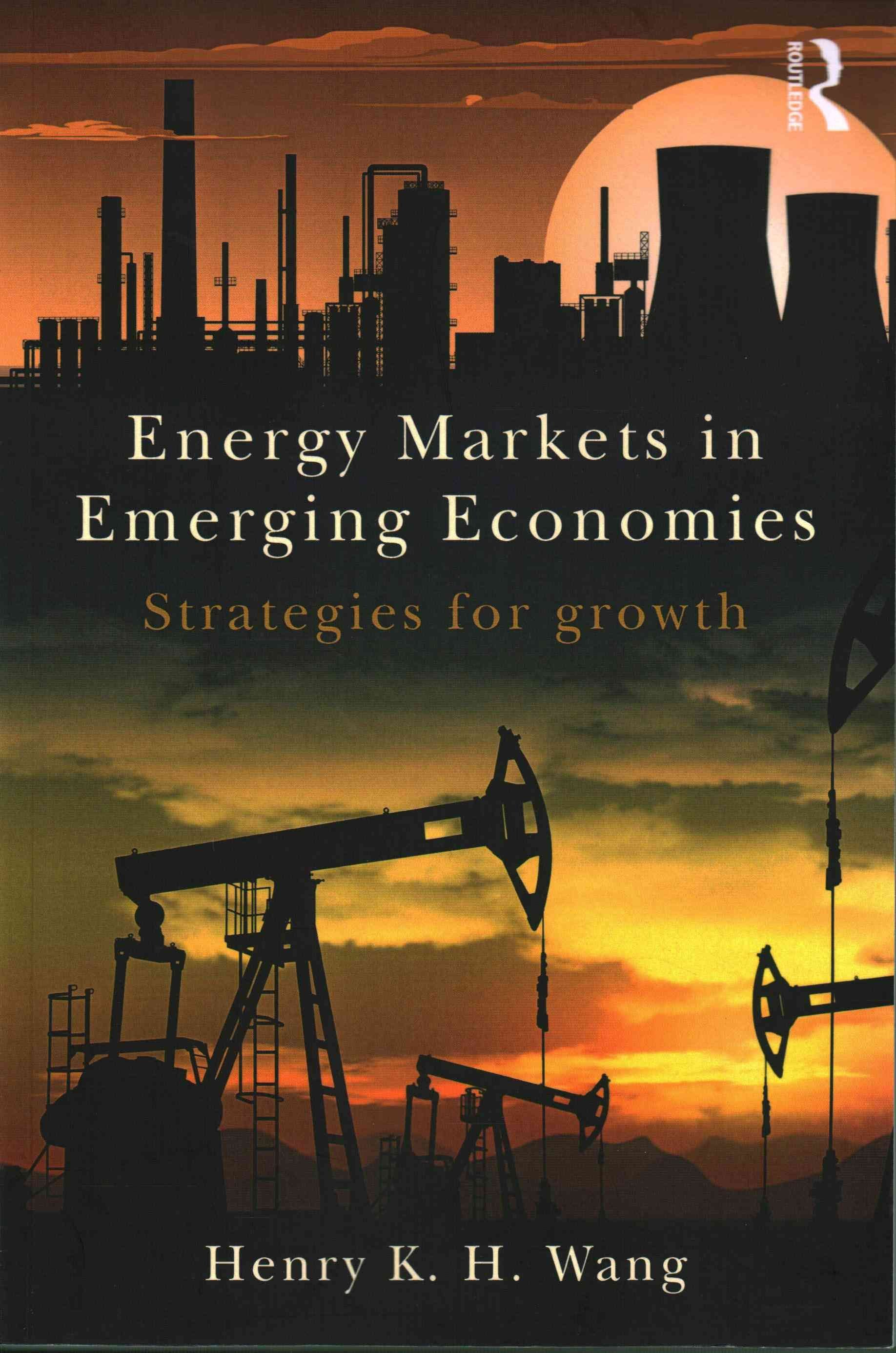As the complexity of financial markets keeps growing, so does the need to understand the decision-making and the coordination of the exsuing actions in the marketplace. In particular, the disclosure of information to market participants and its impact on the market outcome mertis attention. This study analyses the role of private and public information in currency crises. Calls for increased dissemination of economic and policy-related information by central banks notwithstanding, the study shows that transparency is not generally conductive to preventing speculative attacks in fixed exchange-rate regimes. Rather, the role of private and public information in the market-place depencs critically on the prevailing market sentiment. The study also highlights the import of market transparency design in an environment that allows for herding and market leadership of individual speculators.












